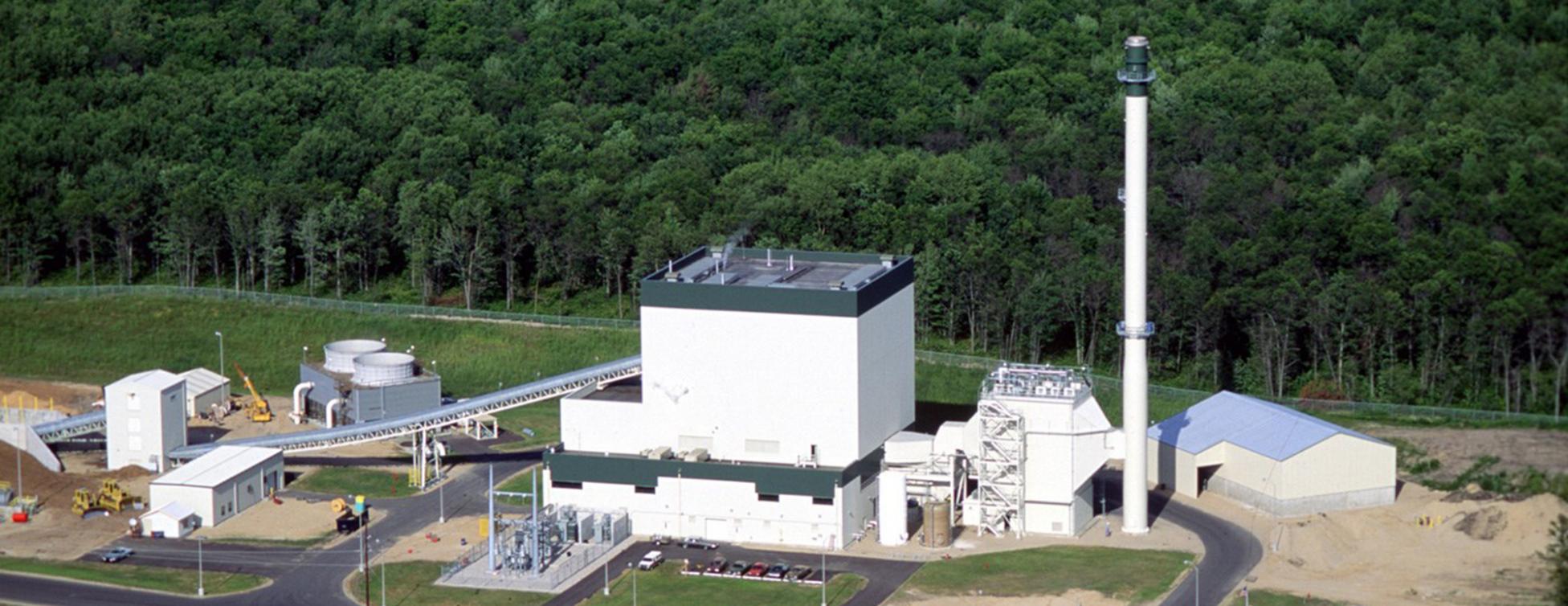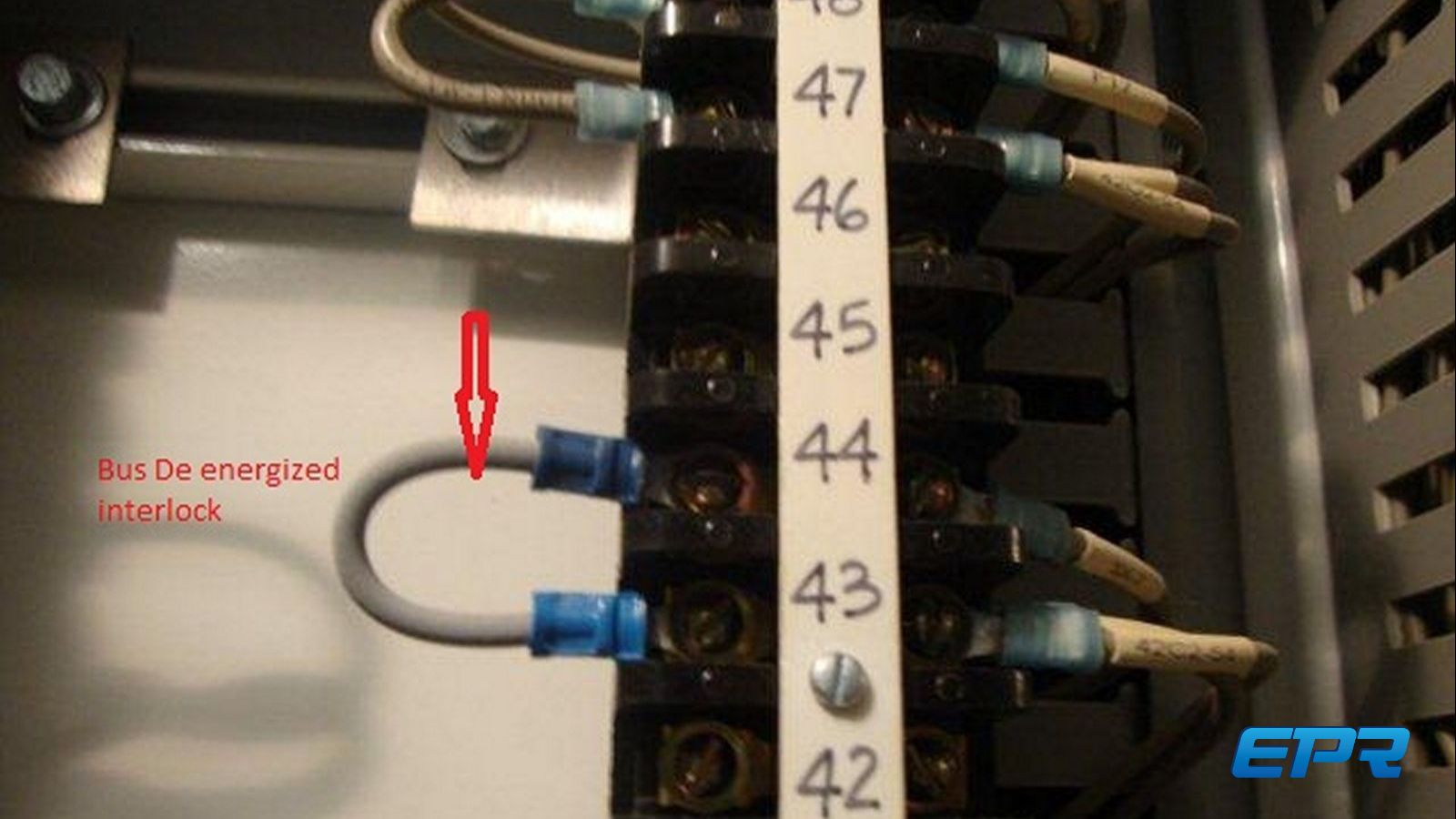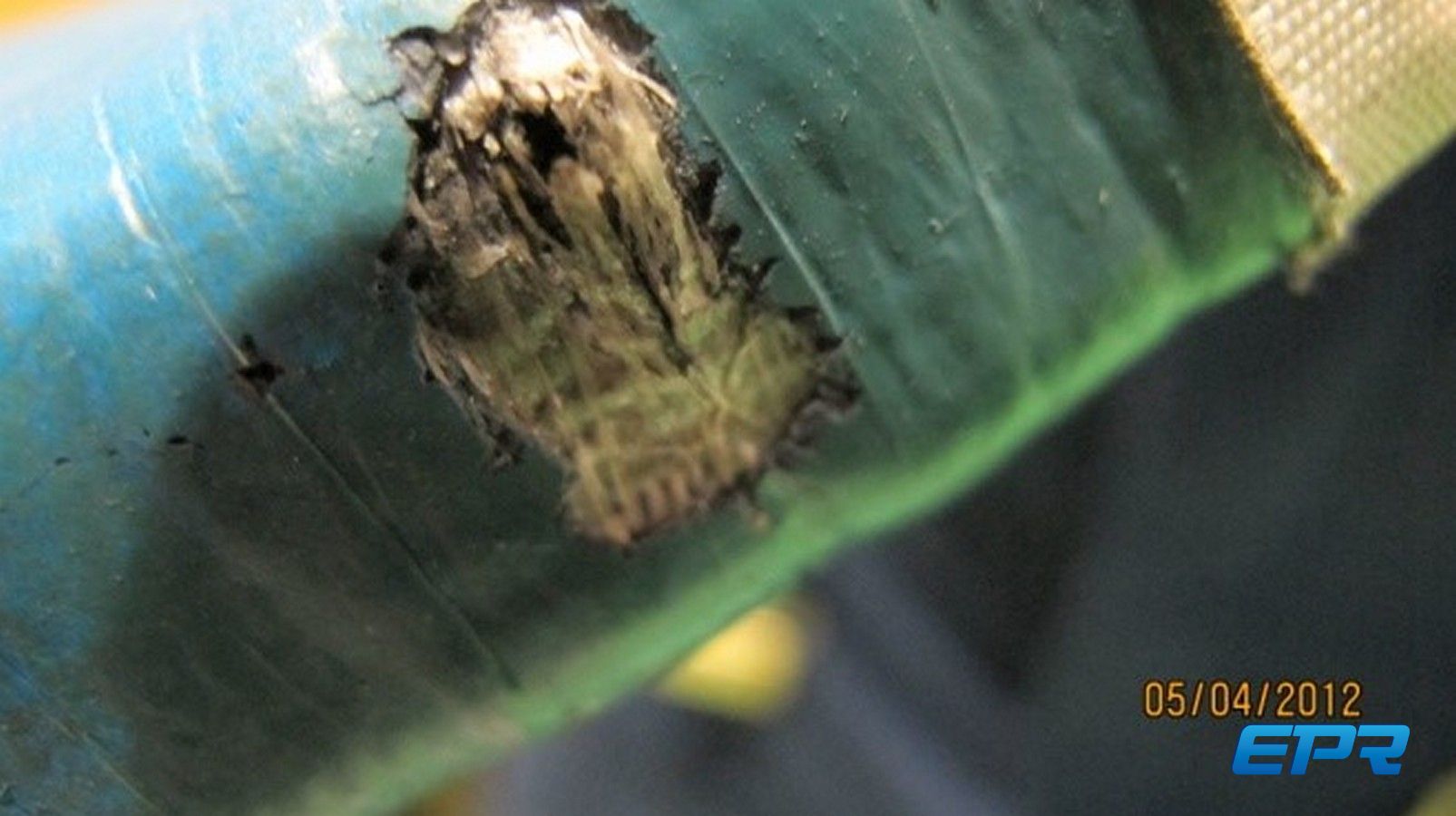Generator Circuit Breaker (Explosion)
The more interesting findings during our assessments are related to poor commissioning practices. These items tend to be more complex than construction defects and typically more serious from a safety, equipment protection, and reliability perspective of the asset.
One case involved an "explosion" of a generator circuit breaker. The event took place about one year after COD, destroyed the GCB and damaged an F-class turbine generator (both stator and rotor).
The Event: During a unit start the operator was at the elevated GCB panel. The generator field breaker was closed, so the generator exciter was energized. The operator inadvertently pushed the earthing switch button which activated. The earthing switches are NOT designed to be activated when the generator/exciter is energized. The switch exploded (vaporized) with the GCB housing being damaged and opened like a tin can. The operator was shielded from bolts and other shrapnel, but luckily did not fall from the platform.
Background: The GCB vendor provided a set of dry contacts on each earthing switch for engineering to integrate into the exciter permissive. It was clearly marked on the vendor drawing. This contact was not included in the protective relay scheme. Field wiring was not tied-in, but the contacts were jumpered to allow the GCB to operate. Separately, there were also problems with the firing of the 86BF and C60 relays during the event which resulted in a longer decay of the generator energy that probably exacerbated and fed the stator fault(s).
Root Cause: It must be recognized that operator errors can occur from time to time. It is not accepted that the operation of the wrong pushbutton by an operator should "cause" for anything more severe than a unit trip, especially the destruction of a Generator Circuit Breaker and the severe damage to the corresponding Generator. In fact, the primary purpose of these available interlocks is to eliminate the damage that occurs when these types of mistakes are made. If not enough, the EPC contract had over a dozen requirements that reinforced this point. So, it's not an operator root cause...
On the assumption that engineering missed including the GCB contact in the protection scheme, there would have been a mismatch with the GCB vendor drawing that clearly showed the contact for inclusion in the de-energize permissive. This is where competent and experienced commissioning plays the critical role.
This problem would have been obvious to any seasoned protection checkout and testing engineer. It's so fundamental that it should have been spotted easily, and the same can be said about the protective relay setup anomalies. What is even worse is that this project had 16 units where the same problem existed. This is a "textbook" case where cheap and inexperienced commissioning personnel overlooked a problem that lead to serious plant damage and nearly a fatality. It is a commissioning person's responsibility to resolve any technical discrepancies, and otherwise assure the systems are functioning safely. Often that means having a deep understanding to "what-if" possible operating scenarios to be sure every eventuality is understood.
This seems to be an example of the difference between "starting" a plant and "commissioning" a plant. In developing countries, EPR has observed an extensive amount of plant and equipment damage from the practice of simply "starting" equipment without the experience to perform comprehensive checkout.
While the incident is rich with technical detail, multiple-party involvement, and other nuance, the root cause reduces to incompetent commissioning practices.
Possibly only a time savings, but doubtful.
Unit was out of service for 6 months. New breaker, rewound stator and rotor, recommissioning of unit... All-in costs between contractor, owner, an insurance company was about $8mm.














